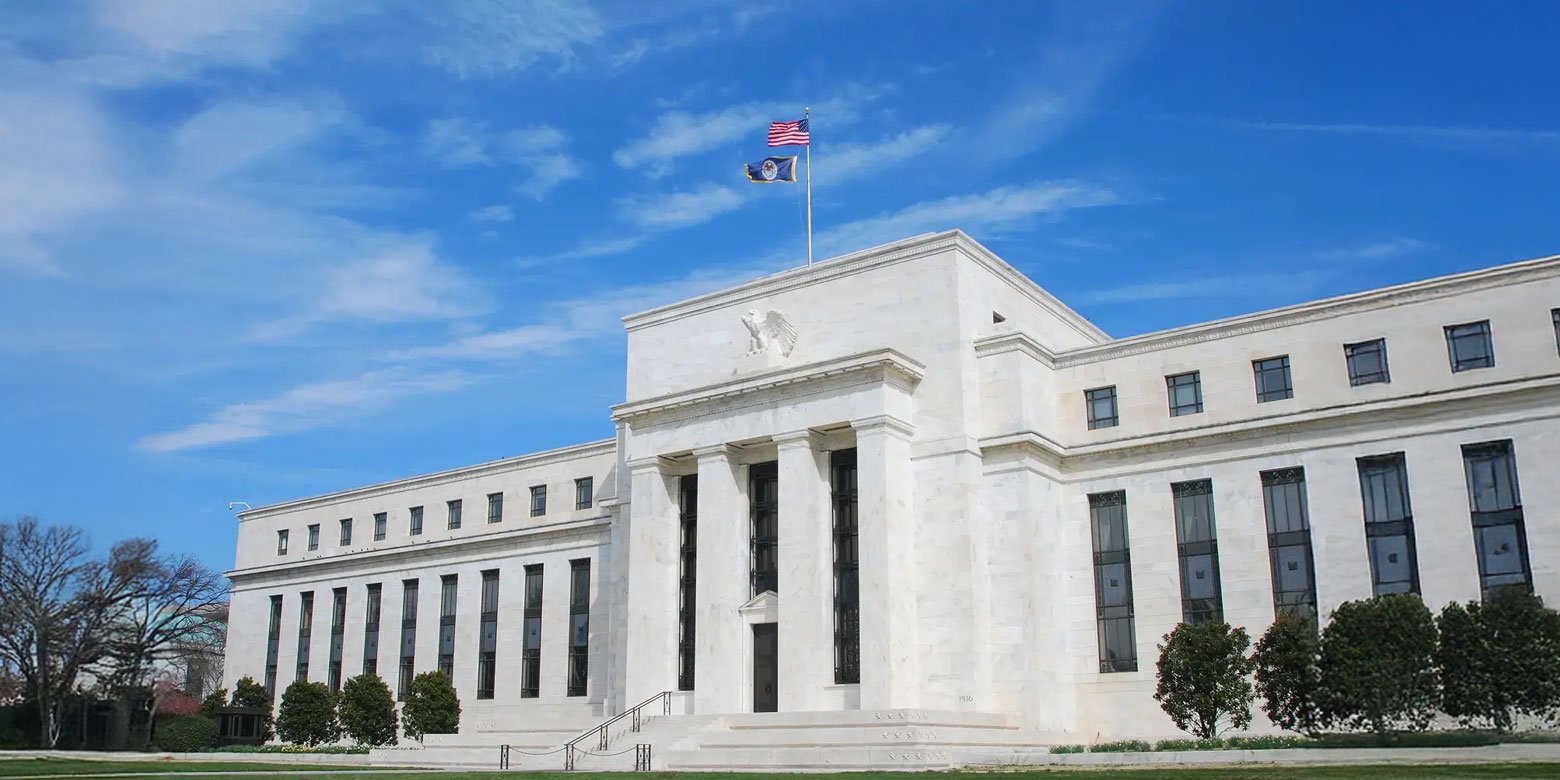The most significant foundational theories of modern finance, Modern Portfolio Theory1 and the Efficient Market Hypothesis,2 have an important assumption in common. In fact, academic research in finance and economics, as well as in many other social sciences, is based on the rational actor theory,3 which posits that people evaluate all information and options available to choose the one that maximizes benefits and minimizes costs.
It wouldn’t make sense to do otherwise, would it? But real life rarely mirrors theory, and in real life investors aren’t rational. Dalbar, a financial services research firm, publishes an annual study called the Quantitative Analysis of Investor Behavior. The most recent results of this study found that in 2024, the average equity investor lagged the S&P 500 by 848 basis points and underperformed due to their behavior.4 What is it about behavior that can have a detrimental impact on investment results?
What Are Cognitive Biases?
In the simplest terms, cognitive biases are the mental shortcuts our brains take to help us process information faster. They’re unconscious and unintentional, meaning that we’re not aware of their influence on our thinking. They also occur consistently and predictably. In a world where we’re bombarded with information and demands for snap decisions, these biases help us make many decisions with minimal effort. But when it comes to investing, these decisions can cloud our judgment.
Investing demands objectivity and meticulous analysis, but the human brain isn’t wired to always think rationally. The field of behavioral finance is focused on studying the different types of cognitive biases that can have a detrimental impact on investment decision making. By learning about these cognitive biases, investors can be aware of the innate influences on their thinking that may lead to poor decisions and sub-optimal outcomes.
And it’s not only individual investors who can be affected by these biases. Even professionals can fall victim to cognitive bias if they don’t remain vigilant, and the impact of bias can even be seen in the overall stock market. Every investor can benefit from a reminder that no human is immune from unconscious bias.
Common Types of Cognitive Biases
There are many types of cognitive biases, but there are a few that may be particularly troublesome to investors. Let’s learn a little more about them.
Confirmation bias
This is a tendency to seek out and favor information that supports what we already believe while disregarding facts or data that contradict our perspective or support an opposing viewpoint. This bias is common in many facets of life, most notably in political discourse.
But investors suffer from this bias too. An investor who feels strongly about a particular company may seek out analysts who rate the stock a buy while ignoring analysts who call attention to red flags. If you only pay attention to good news, you could be setting yourself up to make a bad decision. When you handpick data that suits your narrative, you risk ignoring vital information that can prevent a bad investment.
Mitigating confirmation bias
- Actively look for and consider opposing viewpoints.
- Challenge yourself to understand the risks.
- Rely on concrete data like earnings reports, valuation ratios, and revenue growth rather than biased reviews or gut feelings.
- Seek a second opinion.
Loss aversion
It’s a natural human tendency to fear losses more than we value gains. Research by Daniel Kahneman and Amos Tversky, pioneers in the study of loss aversion, found that the pain of a loss is psychologically twice as powerful as the pleasure of an equivalent gain.5
Loss aversion can have a powerful impact on investors in one of several ways. It might compel an investor to hang on to a losing stock, loath to admit defeat. Or an investor might sell a winner too soon to lock in a modest gain, fearing that the stock will decline again in the near future.
But worst of all is panic selling. The fear created by loss aversion can be so great that investors may feel compelled to sell when the market is falling, fearing worse losses to come. Typically, all panic selling does is turn paper losses into real losses.
Mitigating loss aversion
- Evaluate investments based on long-term objectives rather than short-term price movements.
- Consider unrealized losses a natural part of market movements over a long-term holding period.
- Use a stop-loss order to automatically sell an asset that drops below a certain price to avoid emotional decision making.
Herd mentality
This bias is all about following the crowd. When everyone is rushing into or out of an investment, you feel compelled to do the same. We see this in the stock market every day. Herd mentality causes investors to make reactive emotional decisions that aren’t rooted in any kind of research or financial plan. It all too often can result in selling low and buying high, the opposite of a preferred strategy.
Mitigating herd mentality
- Markets react to news. Ask yourself how market-moving news will affect the fundamentals of an investment rather than temporary sentiment.
- Do your research. If you’ve meticulously examined a company’s fundamentals, you’ll be better able to take emotion out of the decision-making process.
- Create a long-term investment strategy designed to weather short-term volatility.
Recency bias
People tend to place more trust in recent data and use recent experience as a baseline for expectations of the future. This can be dangerous when it comes to investing.
For example, in the middle of a market meltdown, investors may forget that the historical record shows that the market has tended to reward those who remain invested over time.6 Conversely, investors could be tempted to over commit themselves based on one exceptional quarter, assuming that the upward trend will continue.
Mitigating recency bias
- Remember, markets are cyclical. If you focus solely on short-term trends, you may miss long-term opportunities or panic unnecessarily during downturns.
Overconfidence bias
Many investors can be tempted to overestimate their knowledge, skill, and ability to predict outcomes. An investor with an overabundance of confidence may be tempted to take unnecessary risks or trade heavily. A bit of good luck and picking one or two winners doesn’t make you Warren Buffet.
Mitigating overconfidence bias
- Be honest about your limitations and acknowledge what you don’t know.
- Avoid overtrading. Frequent buying and selling can erode returns through fees and taxes.
- Stick to a disciplined plan.
- Stay diversified, spreading your investments across industries and asset classes. Don’t bet the farm on what you believe to be a “sure thing.”
The Takeaway
These are just a few of the most common cognitive biases that can prevent investors from making their best decisions. While the biases are unconscious, investors can mitigate them by bringing awareness to them and consciously deploying strategies designed to counter them.
Sources:
1 Wharton Executive Education, Investment Advice: When Rational Theories Meet Irrational People, September 2012, Accessed May 5, 2025
2 Mid & West Co., Rational Investors and the Efficient Market Theory, Accessed May 5, 2025
3 The Decision Lab, Rational Actor Theory, Accessed May 5, 2025
4 Dalbar, 2025 QAIB Press Release, March 31, 2025, Access May 5, 2025
5 The Decision Lab, Loss Aversion, Accessed May 5, 2025
6 Morningstar, Staying Invested Beats Timing the Market, November 8, 2023, Accessed May 5, 2025
Related Posts

How Central Bank Actions May Affect Your Investments
Central banks like the Federal Reserve—the Fed for short—can feel far removed from everyday life,...

How Do ETF Share Classes of Mutual Funds Work?
Investors have long heard about the differences between mutual funds and ETFs, but the rise of ETF...

The World is Made up of Factories and Museums

Mann on the Street
In central Niger, along a major Saharan caravan route, the Tree of Ténéré stood for hundreds of...
Interested in more?
Get our popular newseltter delivered to your inbox every month.
Search the Insights Blog
How to invest with us
Click the button below to learn how you can get started with Motley Fool Asset Management








